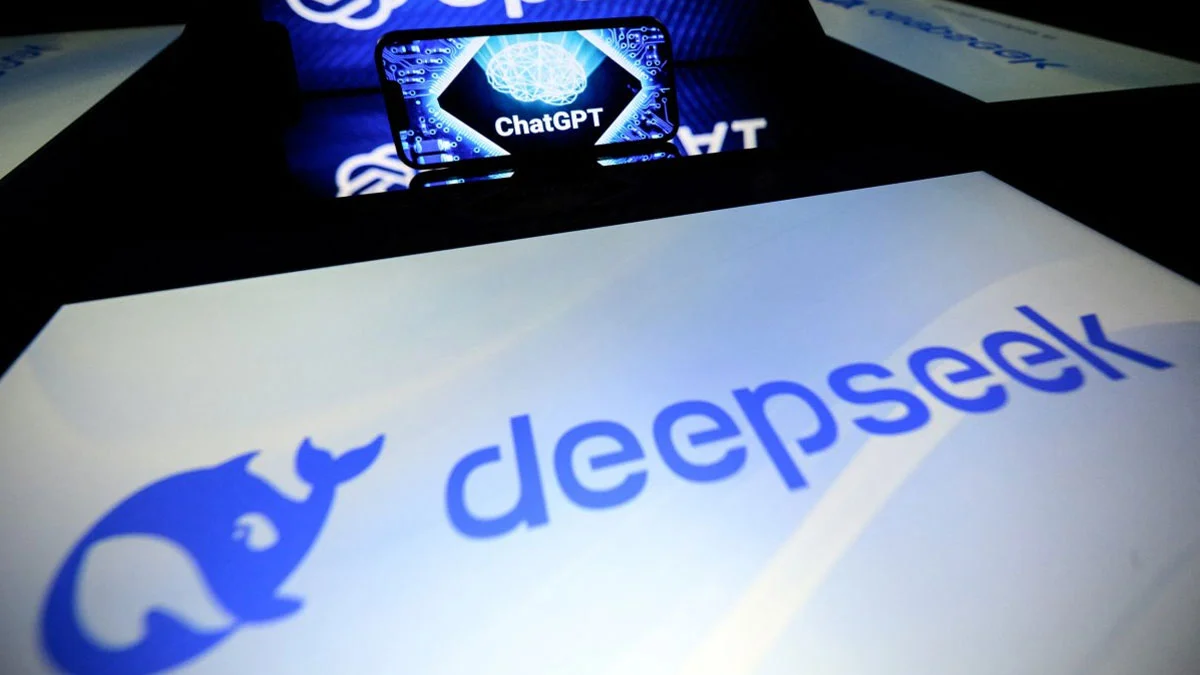
The enthusiasm around DeepSeek has given way to criticism, with concerns raised over the development of its AI models and their wider implications.
Since the Chinese AI firm DeepSeek unveiled its reasoning model R1, which caused a wider sell-off in tech stocks spanning markets from New York to Tokyo, the company has received a tonne of acclaim from lawmakers and tech sector executives.

The main factors contributing to DeepSeek’s rise in popularity are the caliber and affordability of its R1 model. According to the business, its AI model uses less graphics processing units (GPUs) and is far less expensive than OpenAI’s o1 reasoning model, while performing on par with and sometimes better than the latter.
The AI chatbot app from DeepSeek, which offers free access to R1, has topped app store charts in several nations. However, some have viewed the company’s success story with caution and distrust. DeepSeek has been accused of intellectual property theft by OpenAI, which also claims to have proof that the company trained its own GPT models using its own.
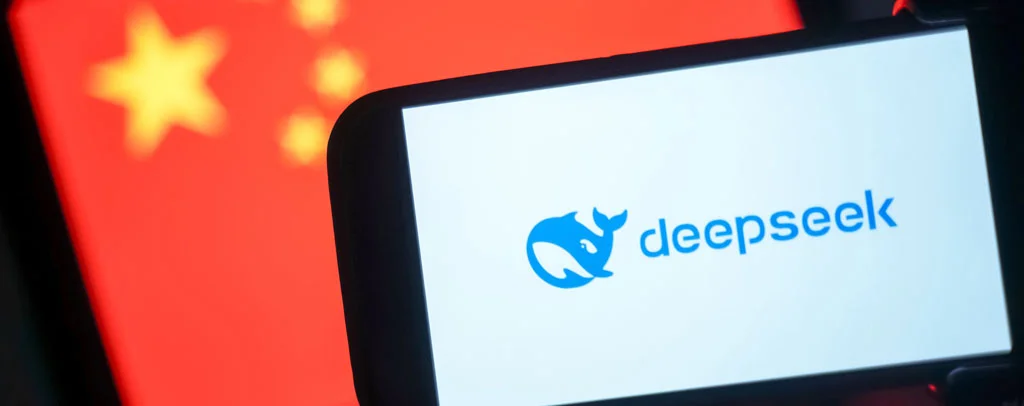
The enthusiasm surrounding DeepSeek is giving way to criticism as inquiries concerning the creation of its AI models and differing opinions over their wider implications surface. Let’s dispel some of the widespread misconceptions about DeepSeek’s ascent as the conversation progresses.
Myth 1: AI models from DeepSeek indicate that AGI is achievable
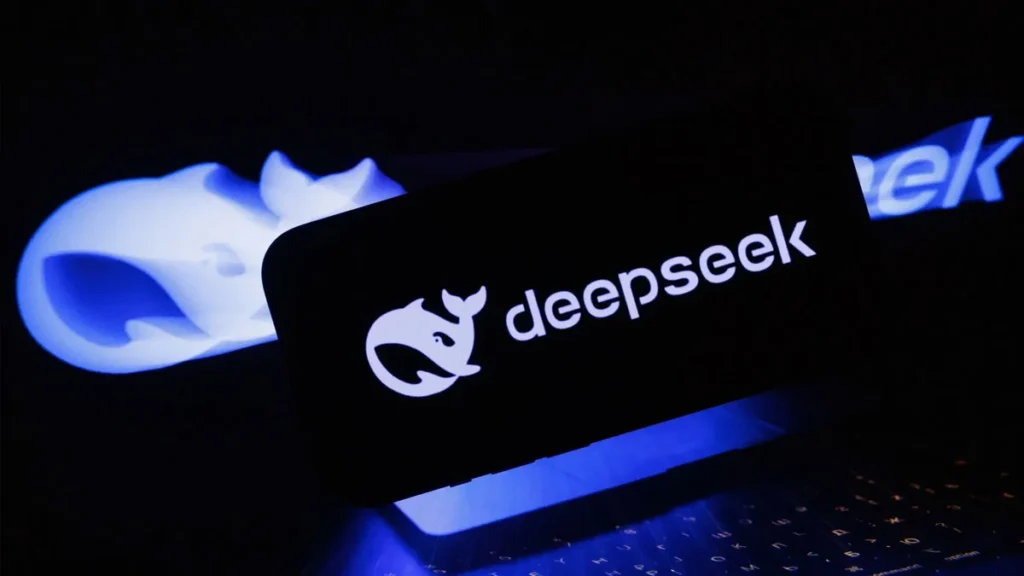
Reality: While DeepSeek’s AI models represent a notable cost and efficiency increase, they do not necessarily portend a big advancement in artificial general intelligence (AGI).
An AI model that can match or outperform human intelligence on a variety of activities is referred to as artificial general intelligence (AGI) by the tech sector. As of yet, no one has claimed to have created such an AI model. OpenAI and a few of its competitors, however, have stated that they are actively pursuing the AGI milestone.
According to reports, DeepSeek changed its name from the AI research division of the Chinese hedge fund High-Flyer to an AI startup in 2023. Liang Wenfeng, a hedge fund manager, founded the company with the goal of creating large language models (LLMs) in the direction of artificial general intelligence (AGI).
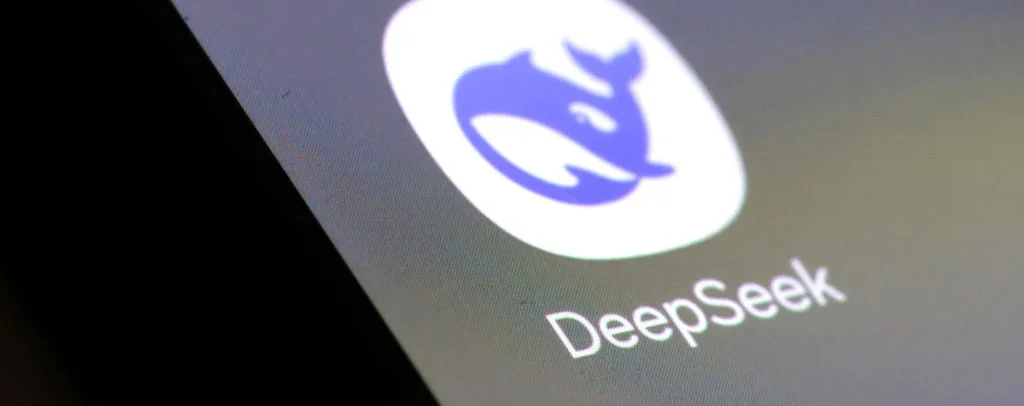
Sam Altman, the CEO of OpenAI, has stated time and time again that he is confident the ChatGPT-maker will reach AGI. In reaction to the fervor around DeepSeek, Altman once more turned his attention to AGI while praising the R1 model as “impressive.”
DeepSeek hasn’t launched a completely new technology, even though R1 represents a turning point in the competition for supremacy in AI. Gary Marcus, an AI researcher and professor at New York University (NYU), told CNBC that “it probably takes five or six more breakthroughs to get to AGI, and the company or country that can ramp up those breakthroughs first may win.”
Myth #2: Export limits are ineffective, as demonstrated by DeepSeek’s breakthrough
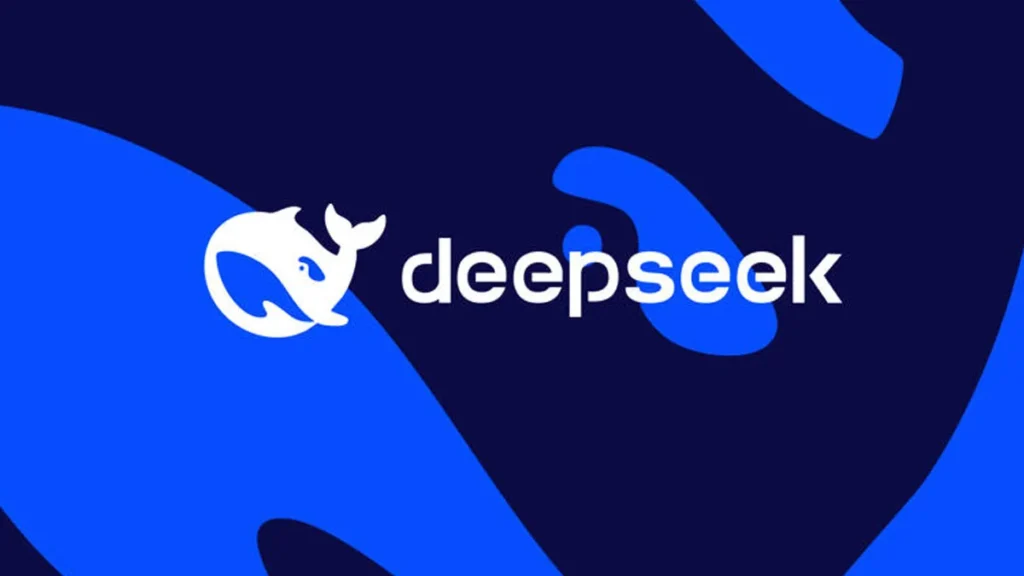
Reality: China’s AI progress may continue to be significantly impacted by US export restrictions on the sale of sophisticated GPUs.
It has been suggested that US export restrictions that prevented Chinese IT companies from acquiring cutting-edge GPUs to expand their AI models are what led to DeepSeek’s breakthrough. According to reports, DeepSeek researchers had to devise creative techniques to make AI models use less raw computing power because they were unable to access Nvidia’s top-tier CPUs.
Although DeepSeek allegedly accumulated 10,000 of Nvidia’s earlier generation A100 GPUs prior to the trade restrictions, critics have claimed that US export limits backfired.
According to AI policy expert Miles Brundage, who just departed OpenAI, export restrictions may still prevent China from conducting additional AI experiments and developing AI agents.
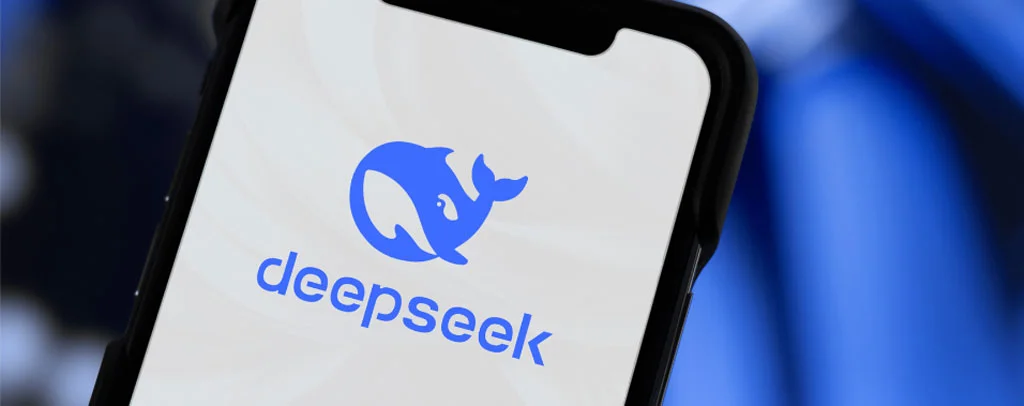
Due to need, DeepSeek was compelled to discover some of those methods perhaps more quickly than American businesses might have. They would still gain from having a lot more [GPUs], though. “They have a much larger fleet of chips, so that doesn’t mean they can jump from o1 to o3 or o5 right away like OpenAI was able to do,” Brundage stated in a recent podcast interview.
Additionally, DeepSeek’s findings “make export control policies even more existentially important than they were a week ago,” according to Dario Amodei, CEO of Anthropic, the firm that creates the Claude series of AI models.
Myth #3: Nvidia faces a serious threat from DeepSeek
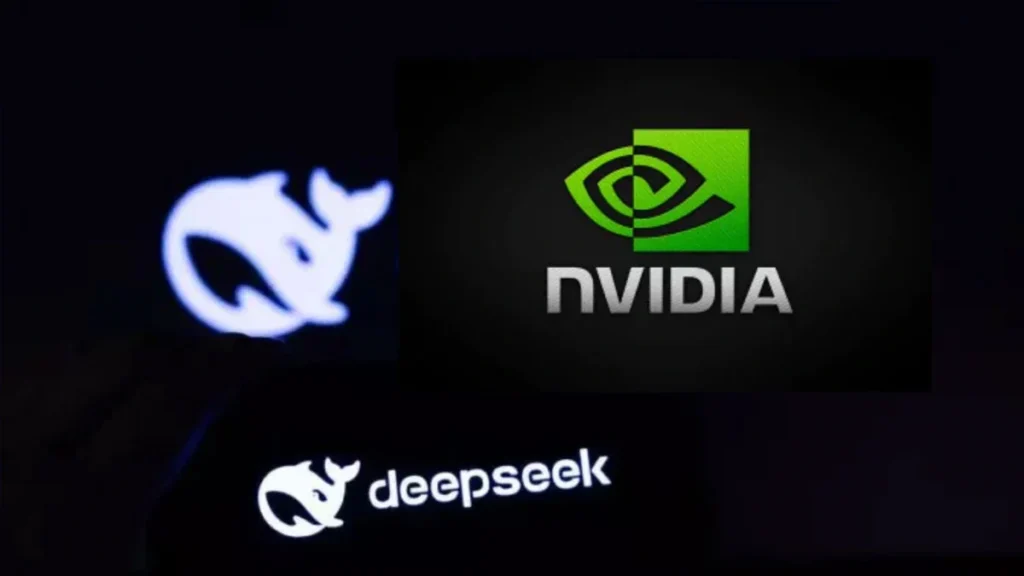
Reality: Nvidia may not be as concerned about DeepSeek’s R1 model as some may believe.
On January 27, Nvidia’s shares fell 17%, wiping out roughly $600 billion in market value as a result of investors’ panic over the DeepSeek craze. After a steep decline on January 28, the chip giant’s stock rebounded, but on January 29, it dropped by an additional 4%.
Although DeepSeek’s R1 model may have reduced the need for extensive arrays of specialized AI hardware from companies like Nvidia, the chip giant is not precisely doomed.
According to Microsoft CEO Satya Nadella, the impact of DeepSeek may, paradoxically, lead to a rise in demand for sophisticated GPUs. “Jevons paradox occurs once more!” In an X post, Nadella wrote.
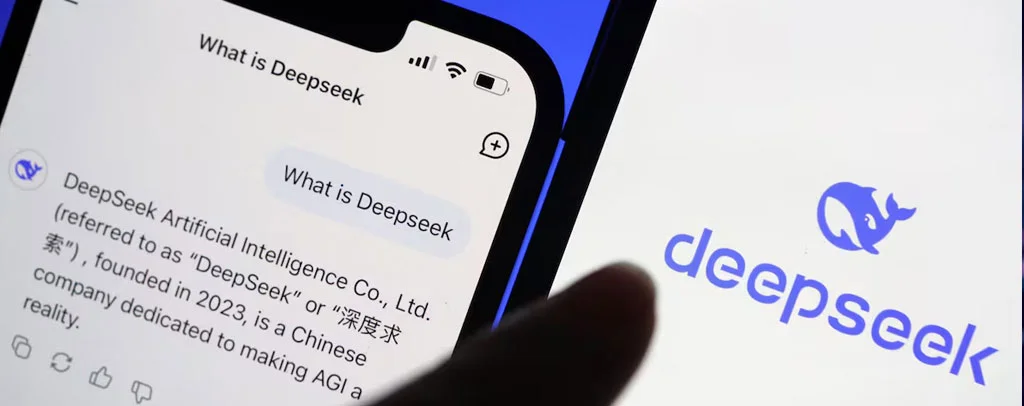
According to an economic hypothesis known as the Jevons Paradox, overall resource usage tends to rise as technological advancements make resource use more efficient.
It’s unclear if DeepSeek’s findings will lower the need for GPUs and processing power, according to tech investor Andrew Ng. He stated in a post on X that “sometimes making each unit of a good cheaper can result in more dollars in total going to buy that good.”
Myth #4: The DeepSeek R1 model is entirely open-source
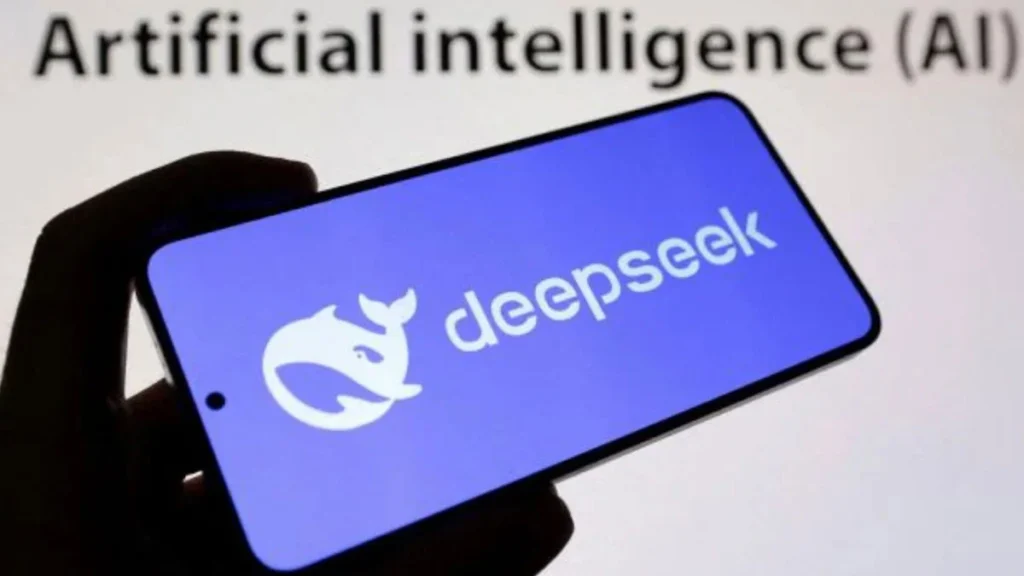
Reality: Although DeepSeek R1 is freely available for download, modification, and reuse, it might not be fully open source.
Many have taken DeepSeek R1’s outstanding performance as evidence that China is overtaking the US in the competition for supremacy in AI. However, the success of DeepSeek is also being hailed as a victory of open-source AI over closed AI, regardless of the geopolitical perspective.
“DeepSeek has benefited from open research and open source (e.g., PyTorch and Llama from Meta),” noted Yann LeCun, chief AI scientist at Meta, echoing this sentiment. They developed fresh concepts and expanded upon the work of others. Everyone can benefit from their work because it is open source and published. That’s the strength of open source and open research.
Under a permissive MIT license, R1’s core model architecture and weights—numerical values that represent how an AI model processes information—have been made publicly available. This implies that there are no limitations on the model’s deployment.
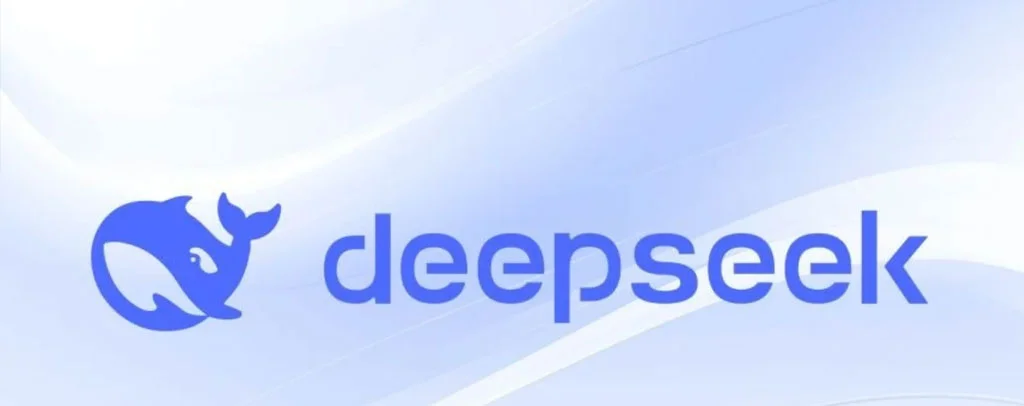
However, R1 does not meet the commonly used definition of “open-source.” A genuinely open-source AI model, according to the Open Source Initiative (OSI), must make information about the training data, the full code used to create and execute the AI, and the training weights and settings accessible.
R1’s training data is not publicly available. Additionally, no training code or other training instructions have been supplied. Since sharing training datasets could lead to copyright infringement litigation, open-source AI developers are often cautious about doing so.
Myth #5: There is an increased privacy risk with DeepSeek’s AI models

The truth is that DeepSeek’s AI has the same privacy risk as other LLMs.
Concerns over data privacy among consumers and regulators have coincided with DeepSeek’s explosive growth. The AI startup’s Chinese roots have stoked some of these worries, while others have cited the open-source nature of its AI technology.
“We store the information we collect in secure servers located in the People’s Republic of China,” DeepSeek clearly declares in its privacy policy.
Nonetheless, prominent figures in the tech sector, like Aravind Srinivas, CEO of Perplexity, have made repeated attempts to ease concerns about data security by emphasizing that DeepSeek’s R1 model is available for download and local use on laptops and other devices. By using local instances, customers can communicate with DeepSeek’s AI in secret without giving the company access to their input data.

Srinivas claims that Perplexity is not hosting the R1 model in China, but rather in data centers in the US and EU. Additionally, he asserted that there are no censorship limits on the version of R1 hosted by Perplexity.
